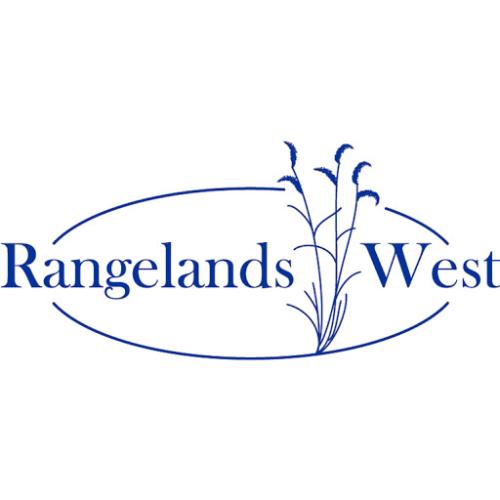Rangeland and livestock management in the southwestern U.S. presents many formidable challenges. Environmental regulations, cattle prices, and drought are just a few factors that contribute to the management challenges of the range-livestock industry. Although rangeland and livestock managers have little control over any of these variables, drought may be the least controllable or predictable. Drought is defined by the Society for Range Management as prolonged dry weather when precipitation is less than 75% of the average amount (SRM 1989). Using this criterion, drought occurred with the following frequency over a 40-year period from 1944-1984: 43% of the time in the southwestern U.S., 27% of the time in the southern great plains, 21% of the time in the northern great plains, and 13% of the time in the northwestern U.S. (Holechek et al., 1998). It is obvious that when it comes to drought in the southwestern U.S., it is not a question if drought will occur, but rather when will it occur, how long will it last, and are you prepared? Livestock operators must plan for drought as a normal part of the range-livestock business.

Articles, citations, reports, websites, and multimedia resources focused on rangeland ecology, management, restoration, and other issues on American rangelands.